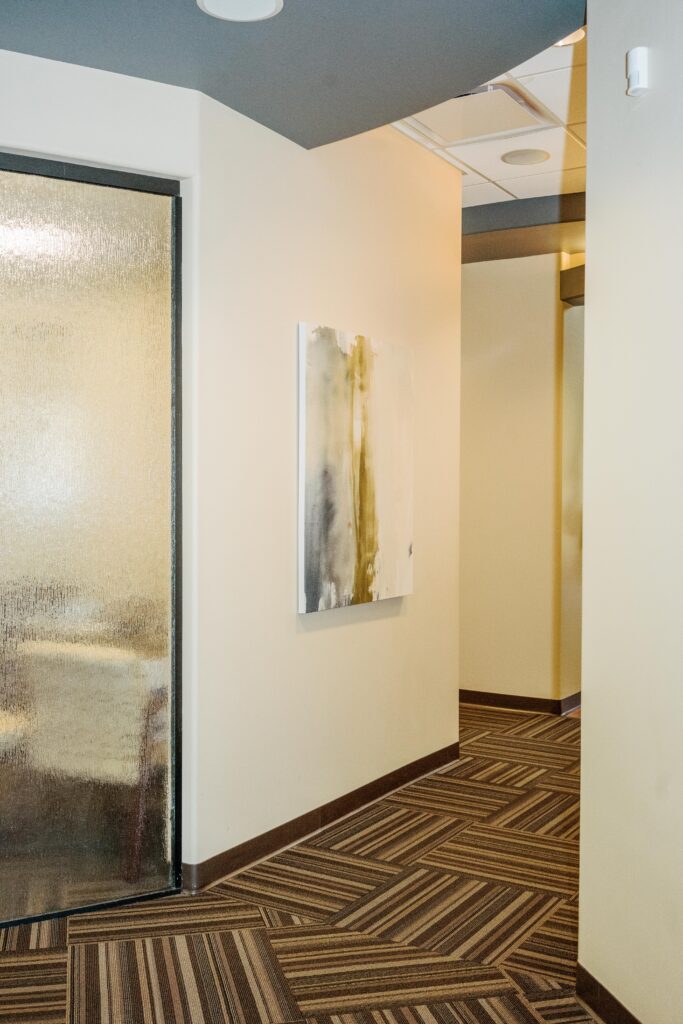 As the first and most important step to the digestion process, your teeth bite, rip, tear, and pulverize food so that your esophagus can swallow it and your stomach can digest it. Your teeth also help you enunciate properly when you speak, and healthy oral structures help uphold your appealing facial features. Aside from facial support, however, the rest of your bite’s function depends on its ability to move. Today, we look at how your bite moves, and how your jaws and teeth work together when it does.
As the first and most important step to the digestion process, your teeth bite, rip, tear, and pulverize food so that your esophagus can swallow it and your stomach can digest it. Your teeth also help you enunciate properly when you speak, and healthy oral structures help uphold your appealing facial features. Aside from facial support, however, the rest of your bite’s function depends on its ability to move. Today, we look at how your bite moves, and how your jaws and teeth work together when it does.
Bite Pressure Displacement
Your temporomandibular joints, or TMJs for short, are the joints that connect your lower jaw (mandible) to the temporal bones in front of each ear. The most frequently used joints in the body, TMJs are hinge and gliding joints that allow the mobile part of your jaw to move in back, forth, and around. Between the bones of the joint lies a disc of cartilage, similar to those between the bones in your back, that helps absorb stress and pressure as your mouth works. The joints are designed to evenly distribute pressure, rather than focusing it in a single area, which helps protect the joints, muscles, and the rest of your oral structure from the incredible amount of pressure exerted by your bite.
Tooth Loss and Bite Symmetry
The layout of a full and healthy mouth is also designed for the teeth to receive minimal impact from the pressure. Unfortunately, there are many issues that can disrupt this pressure displacement, including crooked, broken, and missing teeth. For instance, when tooth loss results from damage or disease, the gap left in your smile may be the least of your concerns. Left unchecked, your remaining teeth can shift towards the open space and throw your bite off balance, not to mention expose your healthy teeth to an increased risk of tooth decay and gum disease. Replacing lost teeth, then, is more important than vanity; it’s vital to maintaining your mouth’s proper function and alignment.





